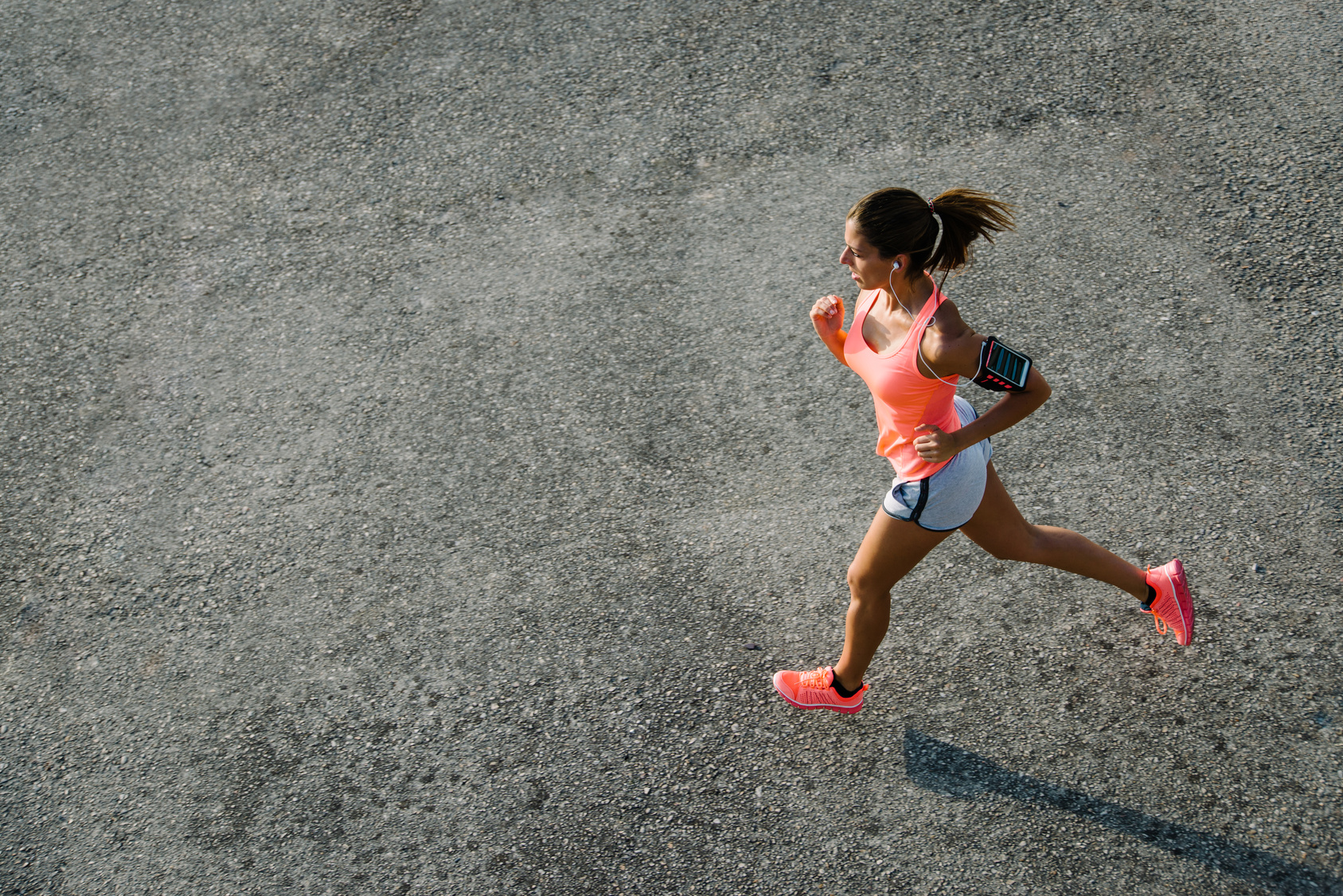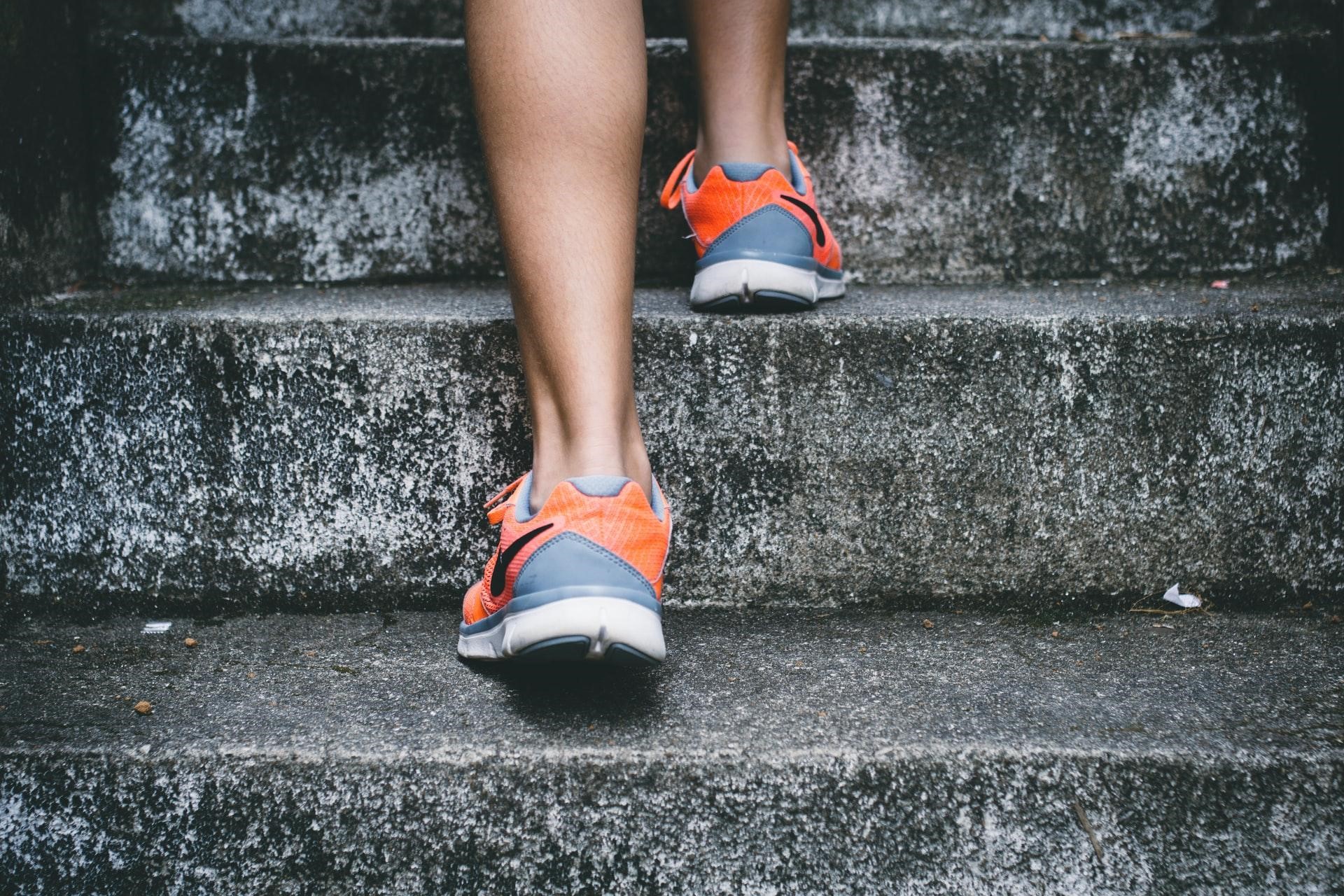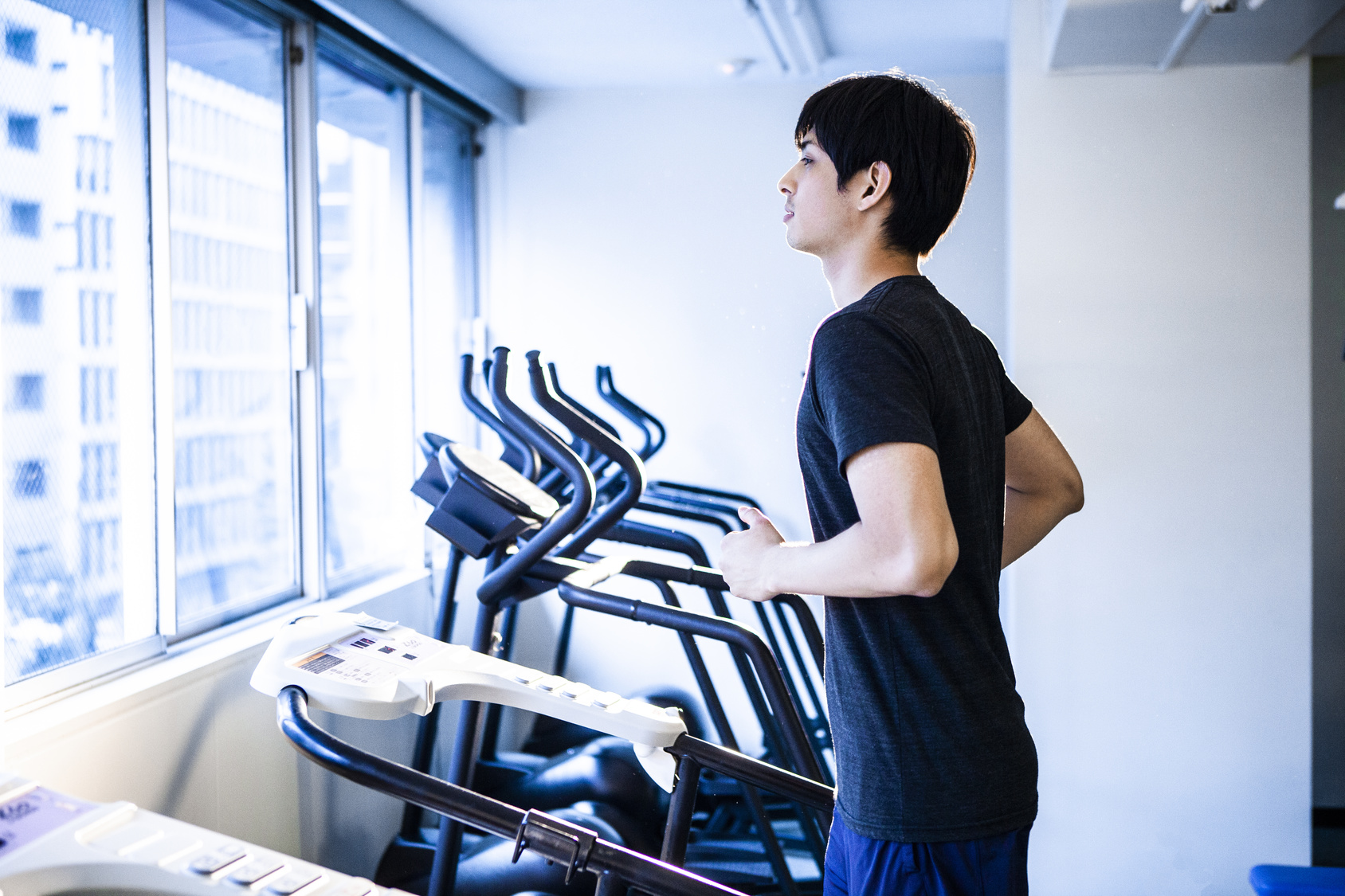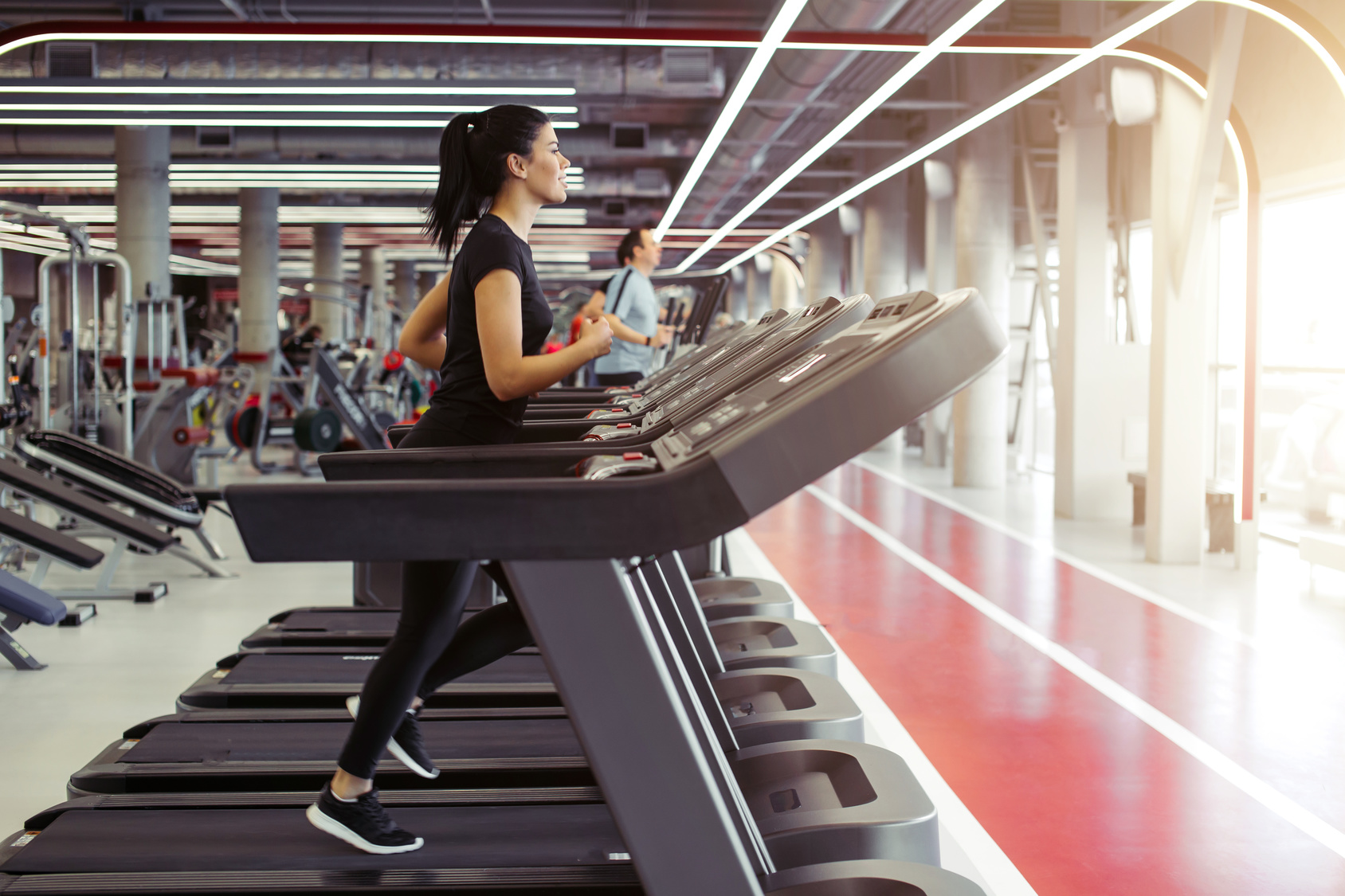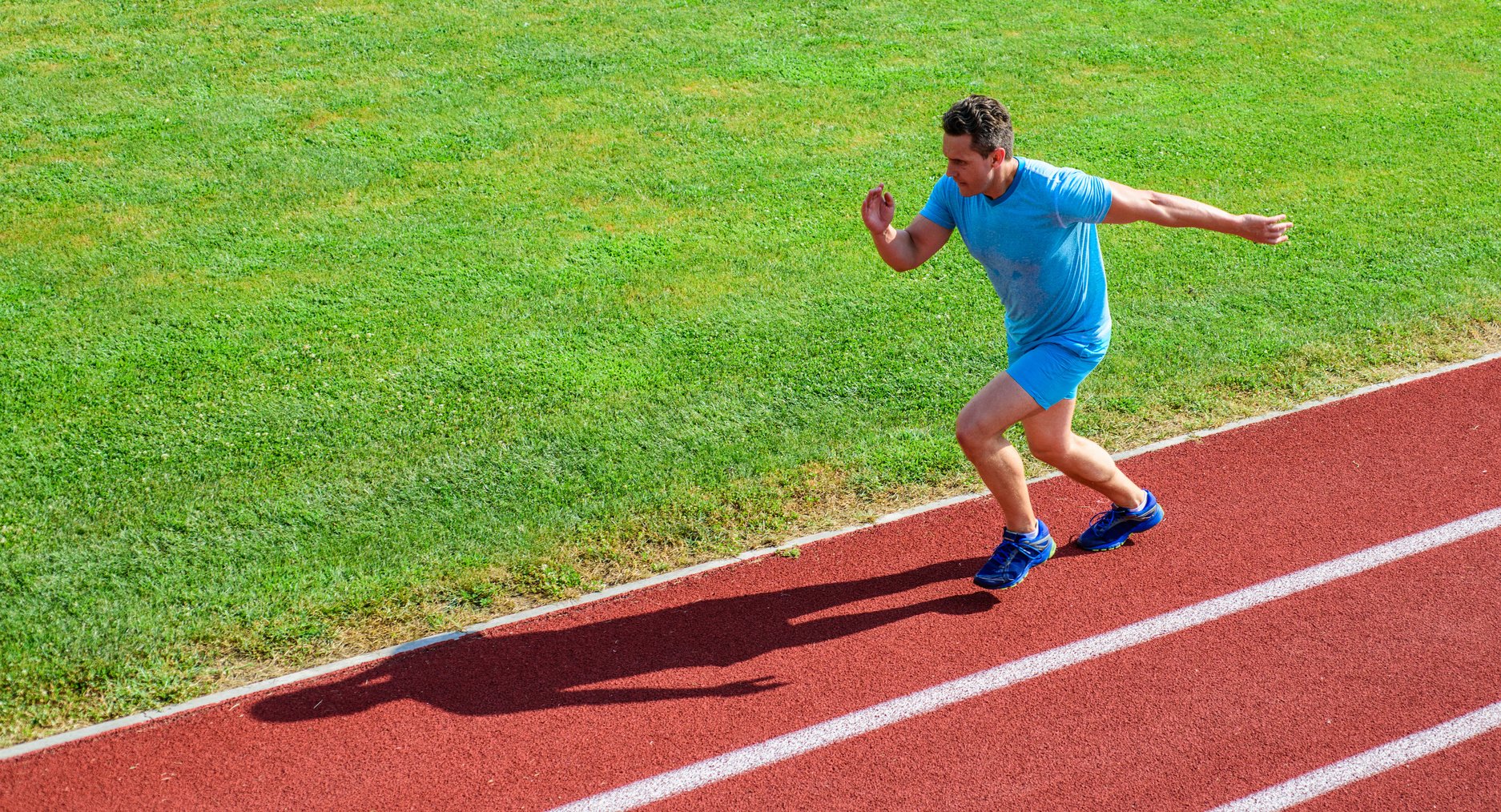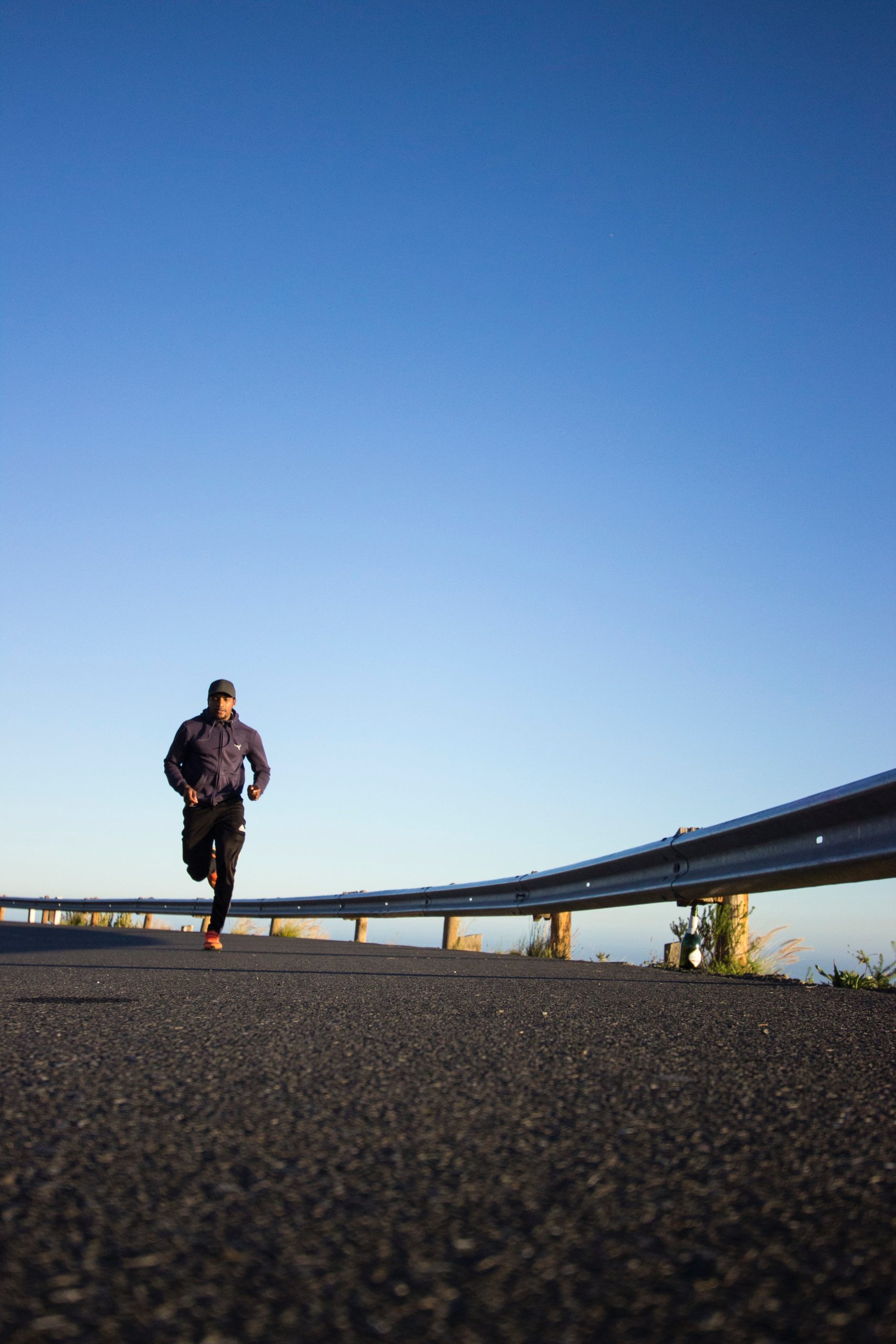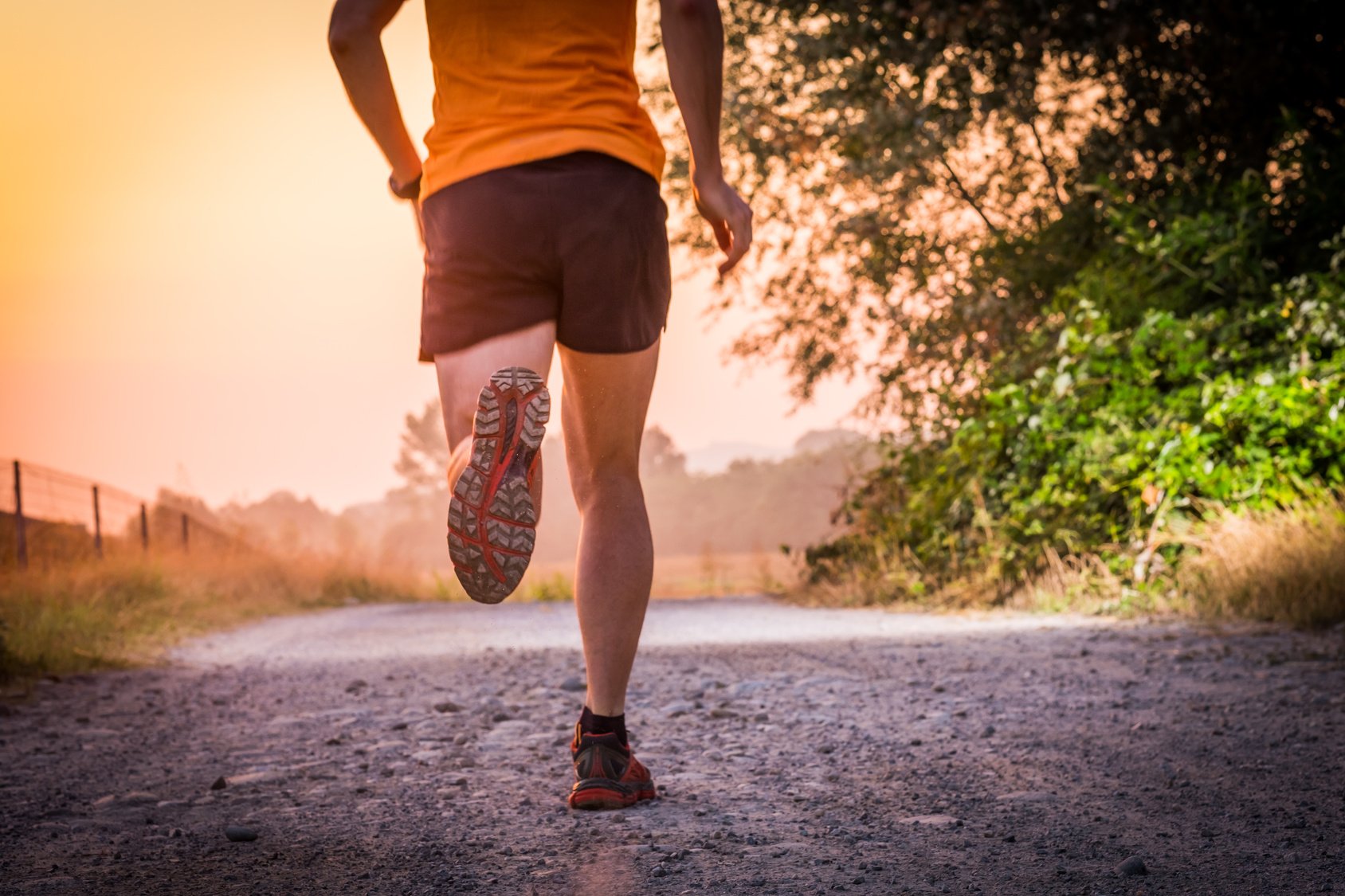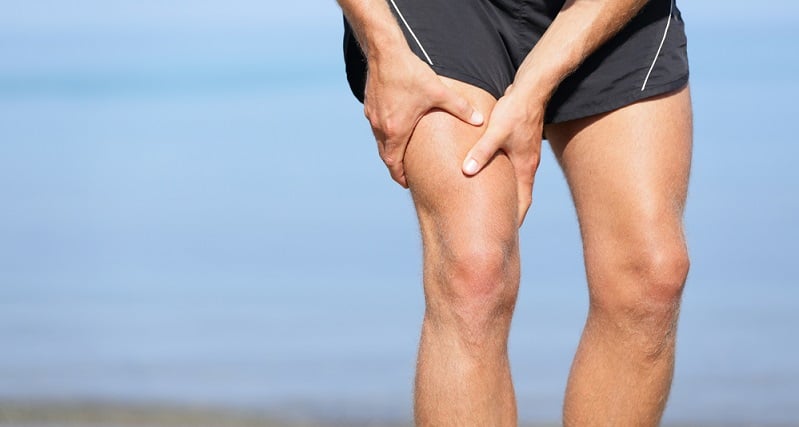Running is an excellent way to burn calories, increase endurance, and build strength.
But run long enough, and you’ll likely wet your pants at some point.
Here’s the truth
Bladder leaks, ranging from mild to severe, are a real problem faced by many runners of all ages. They shouldn’t be given.
What’s more?
Incontinence doesn’t mean that you have to halt your running routine. On the contrary, by taking the right precautions, you can manage and cure this problem.
In today’s article, I’ll explain the link between running (and exercise) and incontinence and describe how to prevent and treat it.
The Link Between Running and Urine Leaks
First, let’s learn more about incontinence.
Technically known as”stress urinary incontinence (SUI), the condition refers to the involuntary loss of urine triggered by increased pressure or abrupt bladder muscle contraction.
In other words, it’s when you cannot control your bladder.
Incontinence can be a minor nuisance (just small leaks now and then) to a complete loss of bladder control.
Surveys show that incontinence affects twice as many women as men. This may be blamed on hormonal changes and delivery history. At least one in three female runners over 30 may experience bladder leaks while running, research reports.
Why You Pee When Running
In most cases, you’ll experience leakage while running because you’re placing extra pressure on your bladder or pelvic floor muscles. Virtually all types of exercises, such as running, jumping, cycling, and weight lifting, put extra pressure that causes leakage.
No one is immune.
You may also experience leakage when coughing or sneezing. Surveys show that around 1 in 3 women sometimes suffer from SUI. The most common reason for SUI is the natural decline in pelvic floor muscle strength that comes with age.
Simply put, stress incontinence happens when the pressure on the bladder surpasses your internal capacity while running and exercising. In female runners, running puts vertical pressure on the perineum thanks to gravity, which can result in leakage.
The Risk Factors For Urinary Stress Incontinence
The following increases your risks of SUI:
- Age, especially in people over 65 years old.
- Pregnancy and childbirth procedures are often associated with the weakening of the perineum, which causes SUI.
- A higher body mass index—the more overweight you’re, the greater your risk of developing SUI.
- High impact activity
- Weak pelvic floor muscles
- Having a history of bladder conditions
It is normal to Pee Yourself While Running
Though it’s not normal, it’s more common than you think. Surveys say that 25 million adult Americans are dealing with urinatory incontinence.
So if you’re experiencing some urine leakage while running, know you’re not alone. Instead, you’re among a large percentage who have the same problem.
Again, don’t take my word for it. This survey has revealed that roughly half of female runners experience incontinence while running.
What’s more?
Most of the women in the survey had never given birth. This means they had no pelvic floor damage because of pregnancy or childbirth.
The Main Categories and Causes
Urinary incontinence is split into three main categories: Stress Urinary Incontinence (or SUI), Urgency Urinary Incontinence (UUI), and Urinary Overflow incontinence (OUI).
Let’s break them down.
Stress Urinary Incontinence
SUI, for short, is the most common type of incontinence among runners—and the topic of today’s post. This stress has nothing to do with the emotional anxiety you experience when fighting with your partner or preparing for your first marathon.
In this case, the stress stems from intra-abdominal pressure, forcing urine to leak out. This is often triggered by sneezing, couching, jumping, and running.
Urge Incontinence
Often referred to as overactive bladder, this happens when your bladder muscles squeeze incorrectly or lose the ability to relax. This often happens before you can get to the toilet.
Most common in the elderly, urge incontinence may indicate an overactive bladder, a tract infection from the imbalance passage, or prostate problems.
Overflow Incontinence
Overflow incontinence is having the urge to urinate but only releasing a small amount.
Because the bladder isn’t emptying fully, it leaks urine later. This is usually caused by something blocking the urethra, which causes urine build-up in the bladder.
How To Prevent and Stop Urine Leakage While Running
Now that you know why you’re leaking urine while running, what can you do?
The following.
Strengthen Your Pelvic Floor
The ideal way to limit urinary incontinence in runners is to strengthen the pelvic floor muscles, the sheet of muscles that supports the bladder and bowel.
When this sheet of muscle weakens, you may experience urine leakage whenever stress or strain is placed on it, especially when running.
Kegel exercises might help you, in which you consciously engage, then loosen the muscles that regulate urine flow. This help strengthen your pelvic floor, rectum, sphincter, bladder, and small intestine.
Don’t take my word for it. Research has reported that subjects who performed pelvic floor muscle training regularly were much more likely to improve their leaking than those who didn’t get training.
To locate your pelvic floor muscle, stop urinating in midstream.
If you can do that, you’ve got the right muscles. Here’s how to perform Kegel exercises:
- Squeeze the muscle you use to stop urinating midstream.
- Hold the squeeze for 6 to 8 seconds, then rest for 10 seconds.
- Perform three to four sets daily. And that’s it.
Repeat the movement 12 to 16 times in a row—and remember to do the exercise daily.
Be Prepared
While investing time in strengthening your pelvic floor is a step in the right direction, other measures can help you get back to running comfortably.
Padding is one of them.
Many over-the-counter products limit leaks before they happen. These often consist of small, soft foam patches that gently attach over the urethra to limit leaks while running.
As a rule, use a pad designed for bladder leakage instead of menstruating. According to my research, incontinence pads and sanitary pads are different things. Menstrual pads are designed for that purpose, and since they’re primarily cottonwood based, they don’t mesh well with liquid.
A wide range of incontinence products is also available, and you choose products designed to offer maximum comfort and discretion. These are also designed for runners and people with a more active lifestyle. You can also go for stretchy incontinence pants that provide freedom of movement.
You should also be prepared, especially on long runs. Bring wet wipes or tissue and spray stored in a Ziploc bag in case of an emergency.
Keep a Diary
Use a diary to keep track of your bladder habits. This should help you determine when it’s best to hit the bathroom to minimize leaks while running.
Keeping an accurate and thorough diary of your bladder weakness will allow your doctor to gain insight into the severity of your condition and enable them to develop a bladder training program specifically for you.
Try to keep your diary for at least a week before you see your doctor, then take it with you to your appointment. Your bladder diary should include a table with the following 7 rows : Time Urinated, Toilet, Leakage, Product or Clothing, Activity, Flui Intake/Output.
–
opic Overview
Keep a daily diary of all liquids taken in and all urine released, whether voluntary or involuntary. Your health professional may also call this a voiding log, bladder record, frequency-volume chart, incontinence chart, or voiding diary. The diary is usually kept for 3 to 4 days.
Record in your diary:
- The time and amount of each urination.
- The conditions under which urine release occurred, such as voluntary urination in the toilet, involuntary urine release, or leakage due to sneezing, laughing, or physical exertion.
- The amounts and types of all liquids consumed. This includes frozen liquid items such as ice cream and frozen fruit juice bars.
- Whether the liquid consumed contained caffeine (if your health professional instructs you to specify this information).
–
Based on the results of your bladder diary, your doctor or continence advisor have detailed insight into the severity of your bladder weakness and be in a better position to develop a bladder training program that’s right for you.
Instructions for Bladder Diary
- Make at least seven copies of the blank bladder diary form so that you can keep the diary for a week.
- Record the date and time of day when you urinated in the toilet or have light bladder leakage (LBL).
- Note your health and general wellbeing, if applicable – Cold, hayfever, PMT etc
- Record (yes/no) that you urinated in the toilet in the “Toilet” column.
- Indicate the degree of leakage (none/damp/wet) in the “Leakage” column.
- Indicate if you changed your absorbent product or had to change your clothing.
- Note the activity you were undertaking at the time of any leakage – Driving, exercising, coughing, working, relaxing etc
- Measuring the amount you drank or urinated may help the doctor or nurse assess your condition. If possible, record these measurements in the “Fluid Intake” and “Fluid Output” columns.
Also, keep track of your diuretic intake, like coffee.
Have Enough Water
Although I won’t recommend not drinking water before a run, I’d urge you not to drink too much fluid before you head out. Make sure you have enough, but not too much.
Bladder Training
As the name implies, bladder training is a plan that involves urinating on a schedule. The objective is to slow the amount of liquid you can hold comfortably.
Bladder training has often been used as a treatment for an overactive bladder. This method can be used alone or with medications and other interventions (some of which I’ll discuss in the following paragraphs).
Bladder training can help improve your stress incontinence symptoms by increasing the length of times your body can hold urine. This method is a low-cost, low-risk, and convenient way that doesn’t inherently require the guidance of a professional.
What’s more?
It’s simple. The program involves peeing on a set schedule to increase the time between restroom uses.
To begin bladder training, hold your pee for five minutes when you feel the urge to use a restroom. Then, slowly increase the time by roughly three to five minutes. Of course, this may feel challenging at first, but sooner or later, you’ll improve your SUI and make fewer trips to the bathroom.
Empty Your Bladder
This may seem redundant, but it’s a step many runners fail to take.
After all, a bursting bladder is more likely to leak than an empty one.
Exercising with a full bladder may also make you feel uncomfortable. It can even cause UT stone, according to research.
As a rule, stop by the bathroom before heading out and completely clear your bladder.
I’d suggest you do a double-void—urinate, wait for a couple of minutes, then urinate again. This ensures you got nothing left in the”tank.”
Plan Your Toilet Stops
As usual, planning is essential.
In case you’re running for a long distance, make sure to plan your route around places where you can stop for a restroom. For example, have a route that passes convenience stores with public bathrooms where you can easily pop in if you need to pee.
You can also use an app like SitOrSquat that shows you where the restrooms are along a pre-planned route.
Remember to bring some change with you, as some service stations may require them to use the restroom.
Breathe Properly
Another thing you can do to better manage your toilet stop is to pay attention to how you breathe. Though you might not see the connection, how you breathe while running can impact your pelvic floor muscles.
Breathing is crucial for limiting pressure on the pelvic floor while running.
On the inhale, the muscles of your pelvic floor are pushed downward, and on the exhale, these muscles draw upward.
If you’re breathing inefficiently while running, your pelvic flood muscles might be impaired, weakening them. This, in turn, may contribute to SUI.
To breathe correctly while running, ensure you’re breathing deeply in a relaxed and synchronized manner.
Did you know that diaphragmatic breathing can help with that “gotta go” anxiety feeling that accompanies urinary urgency and incontinence? About 40% of women in the United States experience urinary urgency, the feeling of having to urinate right now, or urinary frequency, having to pee too often. Many also know the angst that accompanies wondering if we’ll make it to the bathroom in time. These are real worries associated with bladder health and create symptoms that affect the quality of people’s lives. In fact, bladder symptoms have been associated with conditions such as anxiety and depression.
Bladder angst has been substantiated in the scientific community. Recent research identifies the influence of stress and psycho-social factors on the development or exacerbation of bladder symptoms. A study of chronic psychological stress also shows that animals placed in stressful conditions experienced more bladder urgency, frequency and pain.
So what can be done to alleviate symptoms? Breathing!
Behavioral training has been used for overactive bladder syndrome (defined as frequent urination with or without urine leakage) and bladder pain symptoms. This technique focuses on improving voluntary control over bladder symptoms. One important area of control is using the breath. Breath control can be used as a “suppression” technique to gain control over the bladder symptoms of urgency and/or frequency.
There are actually several ways to breathe, but most of us aren’t conscious of the way we breathe, or how it may affect our bladders. Breathing into the belly takes thought and some practice to be tension free and expansive. Belly breathing is known as diaphragm breathing, and it helps decrease stress and anxiety associated with overactive bladder or painful bladder syndromes. Typically, when people are anxious they tend to take rapid, shallow breaths from the chest, and reversing this with belly breathing improves symptoms.
Tension free diaphragmatic breathing affects the autonomic nervous system which works to regulate bodily functions such as the heart rate, respiratory rate, and urination. In addition to reduced urinary urges, diaphragmatic breathing helps with a whole host of other stress-related symptoms and contributes to less angst all around.
Please enjoy and share the free download on how to perform tension free diaphragmatic breathing. Your bladder will thank you.
Wear Black Pants
If you don’t mind sogging yourself but prefer to keep it away from other people, consider wearing black running shorts, leggings, or pants. This simply trick can, at the very least, help you prevent any embarrassing scenarios.
To go the extra mile, consider getting loose-fitting clothing to hide any extra protection you might use to stop leakage while running.
Consult Your Doctor
Research estimates that around d60 percent of people with SUI wait roughly a year or longer before consulting a doctor about stress incontinence.
As a rule, consult a doctor to determine the right treatment and plan for you. The rest is just details. Remember that you might want to use stress incontinence as an excuse to give up on running. However, remember that exercise overall may help your incontinence problem long-term by strengthening pelvic floor muscles.
Depending on the severity of your incontinence and what you can cope with, your physician may suggest any of the following treatment options:
· Medication. This can help your bladder retain more, improve your ability to empty it, and reduce urgency.
· A Botox injection into the lining of the bladder to limit the release of chemicals that trigger muscle contractions.
· Surgery.
Consider Surgery
Most treatment options for SUI are un-invasive and do not involve surgery, but in some cases, non-invasive intervention might not be enough.
The type of surgery you’ll need will depend on the severity of your condition and how much you can handle. Overall most physicians will only recommend surgery for severe conditions.
The two most common types of surgery to help with stress incontinence are tension-free vaginal tape and burch colposuspension.
Other procedures, used less often, include:
· Sling procedure
· Bulking agents
· Anterior vaginal repair
· Artificial sphincters
Conclusion
There you have it! You have several options for managing and preventing leakage while running. Try following some of the above strategies, and don’t let stress incontinence keep you from logging the miles.

